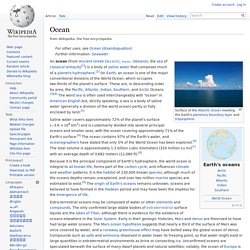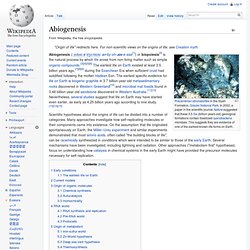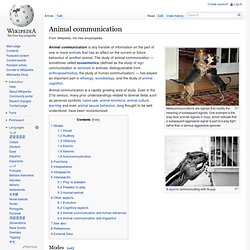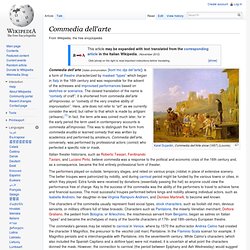

Buy creative objects from Michelangelo Buonarroti. Sting ray. Jellyfish. The Velveteen Rabbit. The Velveteen Rabbit was Williams' first children's book.[1] It has been awarded the IRA/CBC Children's Choice award.[2] Based on a 2007 online poll, the National Education Association named the book one of its "Teachers' Top 100 Books for Children.

"[3] Plot summary[edit] A stuffed rabbit sewn from velveteen is given as a Christmas present to a small boy, but is neglected for toys of higher quality or function, which shun him in response. Androstadienone. Androstadienone, also known as androsta-4,16,-dien-3-one, is a chemical compound that has been described as having strong pheromone-like activities in humans.[1] It is a metabolite of the sex hormone testosterone: however, androstadienone does not exhibit any known androgenic or anabolic effects.

Though it has been reported to significantly affect the mood of heterosexual women and homosexual men, it does not alter behavior overtly,[2] although it may have more subtle effects on attention.[3] Androstadienone is commonly sold in male fragrances, it is purported, to increase sexual attraction. See also[edit] References[edit] External links[edit] A critical review of the evidence for the existence (1) human pheromones and (2) a functional vomeronasal organ (VNO) in humans. Ethology. Ethology (from Greek: ἦθος, ethos, "character"; and -λογία, -logia, "the study of") is the scientific and objective study of animal behaviour, and is a sub-topic of zoology.

The focus of ethology is on animal behaviour under natural conditions,[1] as opposed to behaviourism, which focuses on behavioural response studies in a laboratory setting. Many naturalists have studied aspects of animal behaviour throughout history. The modern discipline of ethology is generally considered to have begun during the 1930s with the work of Dutch biologist Nikolaas Tinbergen and by Austrian biologists Konrad Lorenz and Karl von Frisch, joint winners of the 1973 Nobel Prize in Physiology or Medicine.[2] Ethology is a combination of laboratory and field science, with a strong relation to some other disciplines such as neuroanatomy, ecology, and evolution. The desire to understand animals has made ethology a rapidly growing field.
Etymology[edit] Relationship with comparative psychology[edit] Ocean. An ocean (from Ancient Greek Ὠκεανός, transc.

Surrealist automatism. Automatism has taken on many forms: the automatic writing and drawing initially (and still to this day) practiced by surrealists can be compared to similar, or perhaps parallel phenomena, such as the non-idiomatic improvisation.

Surrealist automatism is different from mediumistic automatism, from which the term was inspired. Abiogenesis. Scientific hypotheses about the origins of life can be divided into a number of categories.

Many approaches investigate how self-replicating molecules or their components came into existence. On the assumption that life originated spontaneously on Earth, the Miller–Urey experiment and similar experiments demonstrated that most amino acids, often called "the building blocks of life", can be racemically synthesized in conditions which were intended to be similar to those of the early Earth. Several mechanisms have been investigated, including lightning and radiation.
Other approaches ("metabolism first" hypotheses) focus on understanding how catalysis in chemical systems in the early Earth might have provided the precursor molecules necessary for self-replication. Animal communication. Metacommunications are signals that modify the meaning of subsequent signals.

One example is the 'play face' and tail signals in dogs, which indicate that a subsequent aggressive signal is part of a play fight rather than a serious aggressive episode. Animal communication is a rapidly growing area of study. Even in the 21st century, many prior understandings related to diverse fields such as personal symbolic name use, animal emotions, animal culture, learning and even animal sexual behaviour, long thought to be well understood, have been revolutionized. Modes[edit] A lamb investigates a rabbit, an example of interspecific communication using body posture and olfaction. Visual[edit] Gestures: The best known form of communication involves the display of distinctive body parts, or distinctive bodily movements; often these occur in combination, so a distinctive movement acts to reveal or emphasize a distinctive body part.
Active visual displays. Passive visual displays. Commedia dell'arte. Italian theater historians, such as Roberto Tessari, Ferdinando Taviani, and Luciano Pinto, believe commedia was a response to the political and economic crisis of the 16th century and, as a consequence, became the first entirely professional form of theater.

The performers played on outside, temporary stages, and relied on various props (robbe) in place of extensive scenery. The better troupes were patronized by nobility, and during carnival period might be funded by the various towns or cities, in which they played. Extra funds were received by donations (essentially passing the hat) so anyone could view the performance free of charge. Key to the success of the commedia was the ability of the performers to travel to achieve fame and financial success. The most successful troupes performed before kings and nobility allowing individual actors, such as Isabella Andreini, her daughter-in-law Virginia Ramponi-Andreini, and Dionisio Martinelli, to become well known. Fairy tale map.